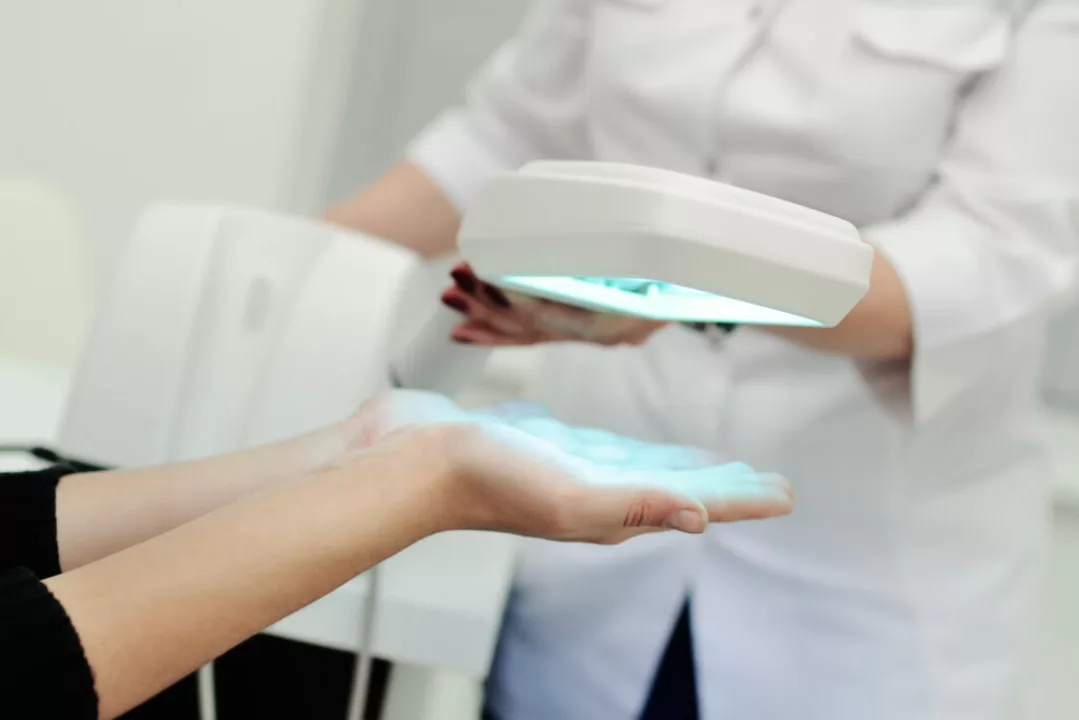Eczema Treatment: Fast Relief and Smart Daily Care
Does your skin flare up with red, itchy patches that just won’t quit? Eczema treatment doesn’t have to be complicated. Start with steps you can use today: calm the itch, protect the skin, and cut down triggers. Small changes in routine often make the biggest difference.
For quick relief, try a cool compress on the worst spots for 10–15 minutes and apply a thick moisturizer while skin is still damp. Over-the-counter hydrocortisone 1% can ease mild flares for a few days. If itching wakes you at night, a non-drowsy antihistamine won’t always stop the rash but can help you sleep. Keep nails short and consider cotton gloves at night if you scratch in your sleep.
Daily care: rebuild and protect the barrier
Most eczema improves when the skin’s barrier is rebuilt. Use a fragrance-free, thick emollient (ointments or creams with ceramides are best) and apply liberally twice a day. The best time to moisturize is within 3 minutes after a lukewarm shower to lock in moisture. Swap harsh soaps for gentle, pH-balanced cleansers and avoid long hot baths—heat dries skin.
Dress in soft, breathable fabrics like cotton and avoid wool next to skin. Wash new clothes before wearing and use fragrance-free laundry detergent. Keep room humidity moderate in winter; a humidifier in the bedroom often helps. Identify triggers—sweat, perfumes, certain cosmetics, or nickel in jewelry—and remove them. If contact allergies are suspected, patch testing by a dermatologist can find the culprit.
When prescription care is needed
If OTC steps don’t control flares, a dermatologist can prescribe targeted treatments. Topical corticosteroids (low to medium potency for face and skin folds; higher potency for thick patches) reduce inflammation—use as directed and for short courses to avoid thinning. Calcineurin inhibitors like tacrolimus or pimecrolimus are steroid-sparing options for sensitive areas such as the face and neck.
For stubborn or widespread eczema, wet-wrap therapy (apply steroid or moisturizer, then cover with damp layer and dry layer) can calm severe flares over a few days. Phototherapy (narrowband UVB) is effective for some adults. Systemic options include ciclosporin or methotrexate for short-term control, and biologics such as dupilumab for moderate-to-severe chronic eczema; these require specialist supervision.
Watch for signs of infection—yellow crusting, painful swelling, spreading redness, or fever—and see a doctor fast. Also seek help if eczema disrupts sleep, affects the eyes, or stops you from daily activities. A treatment plan that combines daily barrier care, trigger avoidance, and targeted medicines gives most people good control.
Want a simple plan to start? Moisturize twice daily, use gentle soap, apply hydrocortisone for short flares, and book a dermatology visit if it won’t improve. Small, steady steps usually get the best results.

The Benefits of Phototherapy for Eczema Treatment
Apr 29 2023 / Health and WellnessAs someone who has struggled with eczema, I can't stress enough the benefits of phototherapy for eczema treatment. This non-invasive treatment uses ultraviolet (UV) light to soothe inflammation and improve the skin's overall appearance. Not only does it provide relief from itching and discomfort, but it also reduces the need for topical creams and steroids. The best part is that it's safe for long-term use, with minimal side effects, making it a reliable option for managing this stubborn skin condition. I highly recommend giving phototherapy a try if you're looking for an effective way to treat your eczema.
VIEW MORE